North Norfolk has many museums and historic sites, open to visitors, explaining the area’s fascinating and unique heritage. Over the last few years, there have been several prehistoric discoveries so important they have changed history as we know it. Finds include the West Runton Mammoth (over 600,000 years old) and the oldest hand-axe found in North West Europe (550,000 years old) in Happisburgh.
Norfolk was one of the most densely populated counties in the UK up to the Industrial Revolution. Renowned for producing wheat and wool, Norfolk has been invaded and occupied in turn by the Celts, Romans, Angles, Saxons, Vikings and Normans. The outcome of this is that the area is strewn with archaeology, producing around 30% of the UK's treasure finds each year and populating its museums with a wealth of fascinating objects. Many of the museums and stately homes have unique collections and exhibitions, providing an insight into the past - ideal for days out and family fun.
Here are some of our favourite museums in north Norfolk (check ahead for opening times and restrictions before you visit).
THE SOLDIER MUSEUM, HOUGHTON HALL. The 6th Marquess of Houghton Hall started collecting model soldiers as a schoolboy in 1928. He went on to serve in the Royal Dragoons during WW2 and was awarded the Military Cross. His compilation is one of the largest personal collections in the world and there are now some 20,000 models on display as well as an interesting array of assorted militaria, including fine military prints and paintings and a selection of vintage helmets and regimental drums.
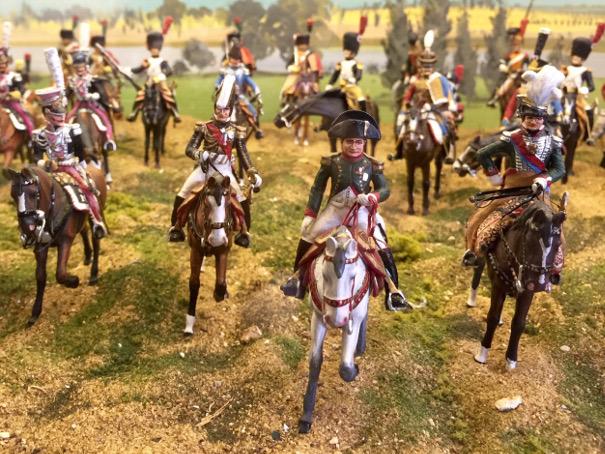
CROMER MUSEUM. At this museum, there is the chance to step inside a cosy Victorian fisherman's cottage and imagine what it was like to live in Cromer at the end of the 19th Century. Browse in the Old Cromer Gallery with its huge archive of historic photographs and illustrations of the town and discover Cromer's history as a Victorian seaside resort with its fine hotels and scandalous mixed bathing. See an amazing collection of Norfolk fossils in the Geology Gallery. There are fascinating displays revealing why Cromer is renowned as a geological area of international importance. This is where you can find out about the famous West Runton mammoth, Britain's oldest and most complete fossil and see some of its actual bones. Marvel at a cast of the skull of a Mosasaur - a huge marine reptile common off the north Norfolk coast over 80 million years ago. Cromer Museum organises a fantastic programme of events all year round, including specialist guided walks, children's workshops and events for adults.
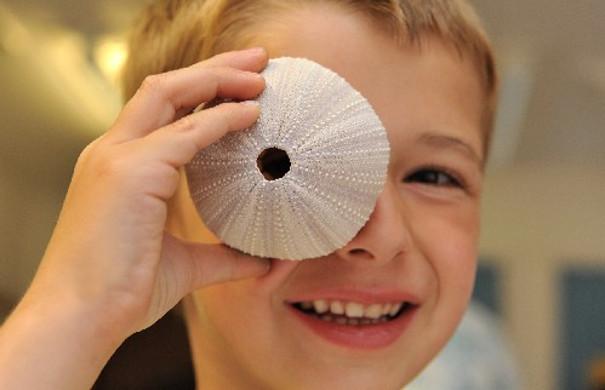
HOLKHAM HALL. Visit this Palladian palace in the north Norfolk countryside and discover a beautiful place rich in history, architecture and wildlife. Visit the magnificent 18th century hall and explore the six acres of walled garden. The Marble Hall is a spectacular entrance with its 50ft pressed plaster dome ceiling with stairs leading to magnificent state rooms displaying superb collections of original furniture, ancient statuary as well as tapestries and paintings by Rubens, Van Dyck, Claude, Gainsborough and Gaspar Poussin. The Field to Fork Experience tells an interactive story of food and farming at Holkham. A new exhibition in 2017, ‘What the Butler Saw’, delves into the fascinating Holkham archives revealing a behind the scenes insight to the lives of the staff who have lived and worked at the Hall. See unseen photographs and original uniforms, alongside historic documents, that tells stories of the people who kept the great house running over the last 200 years to the present day.
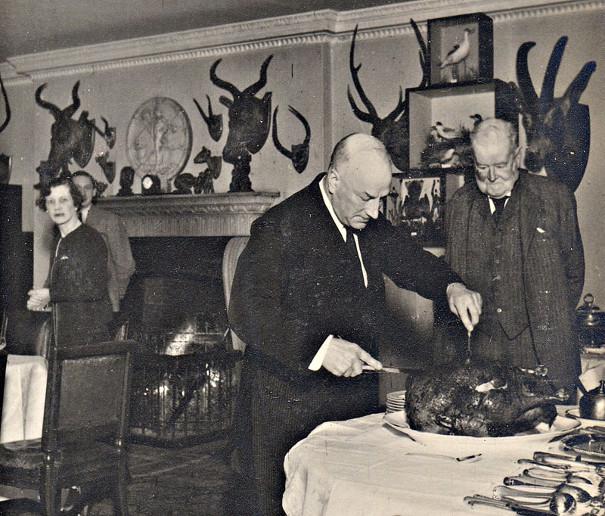
WALSINGHAM SHIREHALL AND BRIDEWELL PRISON. The Shirehall is Walsingham's Georgian Courtroom and local history museum as well as the visitor entrance for the Walsingham Abbey Grounds. It was built in 1500 as a hostel for important visitors to the neighbouring Augustinian priory. In the late 18th century up to 1971, it became Walsingham's court house. Today, you can explore this courtroom and even try a seat in the dock or the judge’s chair! The museum's displays tell the stories of Walsingham, a place of pilgramage dating back to the 11th century.
A five minute walk away is Walsingham Bridewell and is almost completely unaltered since the last prisoners were let out. Standing on the site of a former leper hospital, the prison was set up as a House of Correction in 1598, to house vagrants and beggars and train them in useful trades. It was rebuilt in the 18th century to the plans of John Howard, the prison reformer.
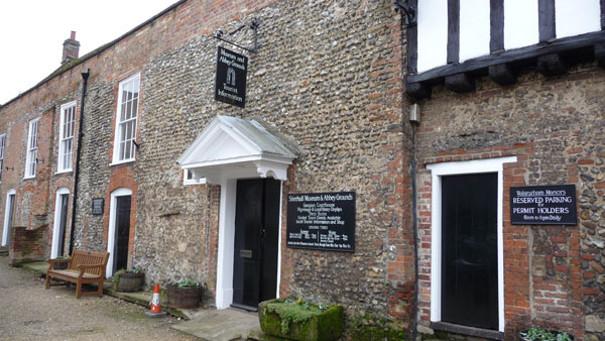
MUNDESLEY MARITIME MUSEUM. One of England’s smallest museums, Mundesley Maritime Museum is big on exhibits, with ships' wheels, navigation lights and lifesaving paraphernalia. A display illustrates over 200 years of the town’s maritime history telling its stories of lifeboats, shipwrecks, fishing, locally found fossils and railways. The first floor is a coastguard lookout with powerful binoculars for visitors to use. It is used today by National Coastwatch as a lookout and visitors are welcome to watch them at work.
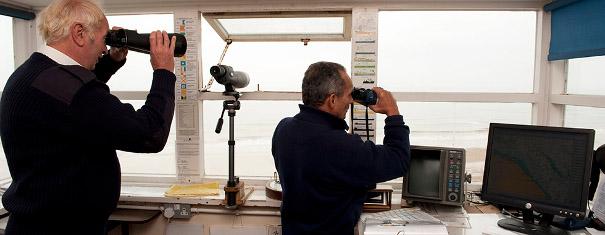
RAF AIR DEFENCE RADAR MUSEUM NEATISHEAD. Explore the country's only original Cold War Operations Room. Housed entirely in RAF buildings, including the hardened Grade 2 listed 1942 radar operations building, the museum provides a unique window into the history of radar covering the period of WW2 to the Cold War. There are 24 exhibition rooms and over 10,000 display items.
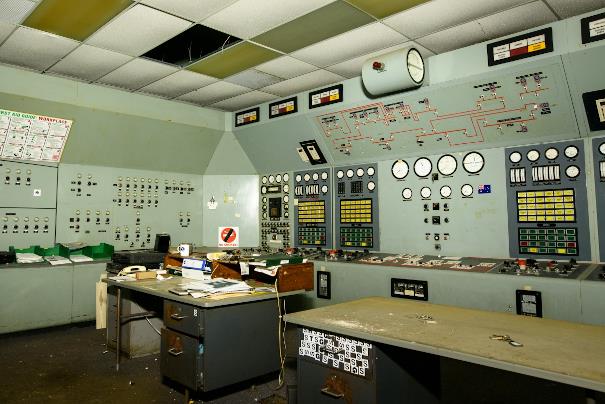
LANGHAM DOME. Built in the early 1940s on the edge of RAF Langham, the Dome was where anti-aircraft gunners were trained with innovative technology of the time. Moving images were projected onto the inside of the building, teaching trainees how to attack enemy aircraft. Today, the Dome offers a unique opportunity to journey back in time and experience what life was like for those who served at RAF Langham.

RNLI HENRY BLOGG MUSEUM. This free to enter, family friendly museum, relives the courageous history of life-saving at sea in Cromer. In 1805, the first lifeboat was brought to Cromer and the brave volunteers have won many medals for their amazing efforts over the past 200 years. Henry Blogg is the most decorated RNLI crewmember after serving on the lifeboats for 53 years. During WW2, Blogg was coxswain of the lifeboat H.F Bailey and this boat is on display in the museum. There are also model lifeboats, old movies, Blogg's impressive collection of medals, photographs and paintings, as well as lots of hands on activities.
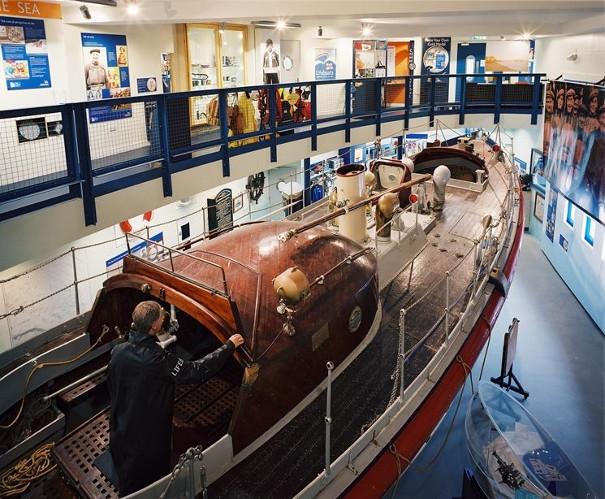
THE MO. This museum on the seafront in Sheringham, tells the history of the town through its people and seafaring heritage. Inside you can walk amongst an historic fleet of lifeboats and fishing boats. Exhibitions reveal fascinating stories and there are interesting artefacts on display including a zeppelin bomb that dropped on the town in WW1. Climb the viewing tower for great views of the North Sea, Sheringham and the surrounding countryside. There is a year-round events programme to enjoy, suitable for the whole family.
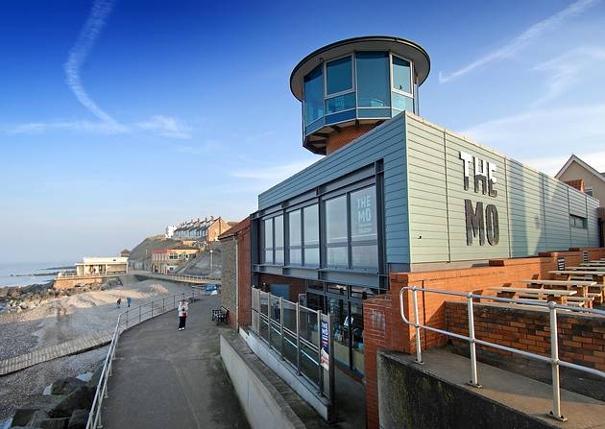
FAKENHAM MUSEUM OF GAS AND LOCAL HISTORY. The Fakenham Museum of Gas and Local History is the only surviving town gasworks in England and Wales. Housed in Fakenham's former gasworks, the museum is home to equipment previously used for the manufacture of gas from coal. The gasworks ceased production in 1965, following the discovery of Natural Gas in the North Sea. The museum is a Scheduled Ancient Monument, a prestigious and rare distinction for an industrial site and provides an insight into the cultural, social and industrial heritage of Fakenham, with displays of heating, lighting, cooking and domestic equipment.
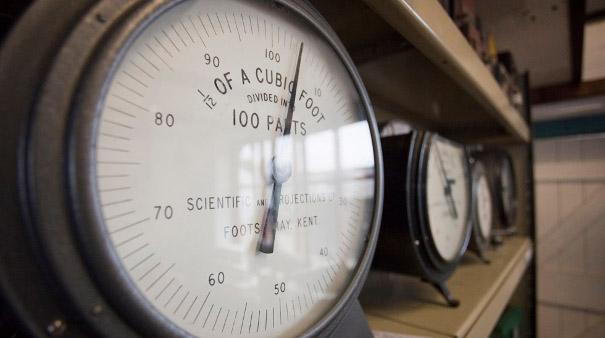
WILLIAM MARRIOTT MUSEUM. This museum in Holt, tells the story of East Anglia’s railways and in particular William Marriott’s Midland and Great Northern Joint Railway. Marriott masterminded and ran the railway network that opened up the Broads and the north Norfolk coast to visitors to the area. Most of these lines were closed in 1959 but a section was kept open to create the Poppy Line and the William Marriott Museum with its displays of artefacts and bygones. Outside, the full 5 ¼ miles of the Poppy Line are packed with a multitude of working museum items, such as the buildings and general railway infrastructure, the locomotives and rolling stock and a truly historic signalling system. It is also well worth a trip on the nostalgic North Norfolk Railway itself, with its spectacular sea views.
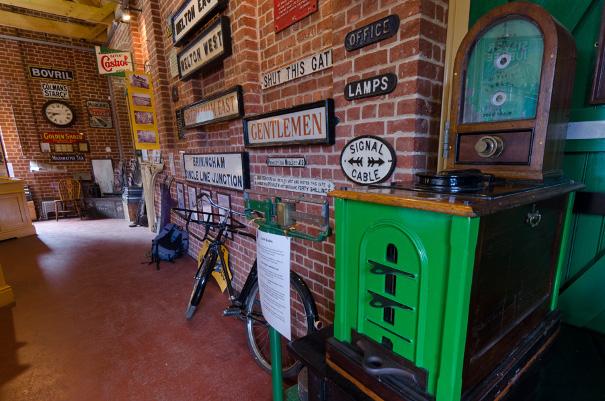
THURSFORD COLLECTION. The Thursford Collection, open in the summer, is a working museum of mechanical organs, Wurlitzer shows, silent movies, old fashioned fairground carousels and static displays of both fairground engines and road engines, as well as all kinds of related memorabilia. Take a behind-the-scenes tour of the engine yard with videos of how the engines would have been used. During November and December, the museum houses the nationally acclaimed Christmas Spectacular shows with a cast of 130 professional singers, dancers and musicians, and also the amazing animated Santa's Magical Journey and visit to Father Christmas.
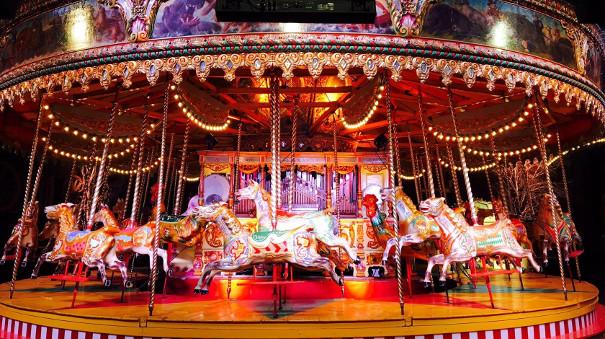
NATIONAL TRUST'S FELBRIGG HALL. The heart of the Felbrigg estate was built up before the Norman conquest and enlarged by the Felbrigg family. The Norfolk Windhams family took over the estate in the mid-15th century. Today, the house is mostly intact apart from a room blown up by a fireworks experiment the 18th century. The large collections in the Hall are original to the families who made Felbrigg their home, including the outstanding Gothic library. Well worth a trip to the village of Felbrigg near Cromer, for a step back in time.
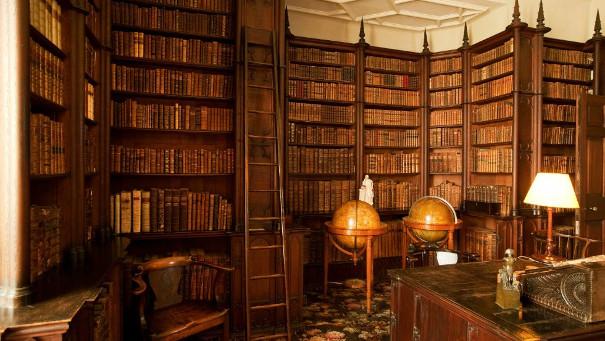
NATIONAL TRUST'S BLICKLING ESTATE. Philip Kerr, 11th Marquis of Lothian, left the Blickling Estate to the National Trust in 1940, and he is vital to its story. Without him, it’s unlikely that the Blickling Estate, in Aylsham, would still be around for visitors to explore. The story of the estate unfolds over a thousand years. The renowned landscape with its hedges and narrow tree-lined lanes has changed little over the centuries. Visitors can explore the parts of the house Kerr used privately and photographs, sounds and objects will create a sense of what it would have been like to be a house guest in the period leading up to the Second World War. Also worth a visit is the RAF Oulton Museum where you can explore the world of the RAF men and women, based here in the war.
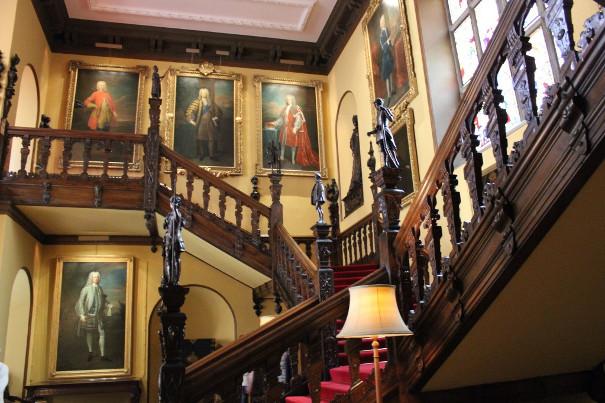
Related
Comments
Comments are disabled for this post.






